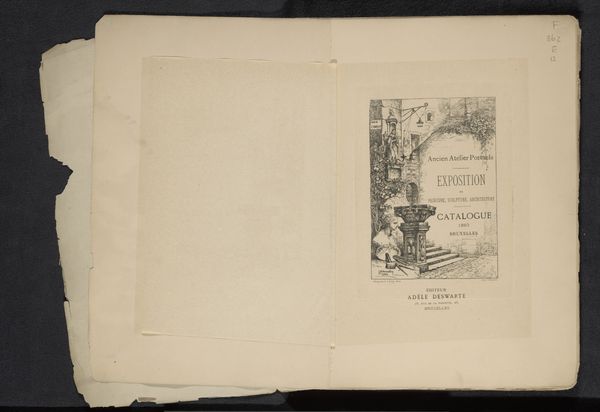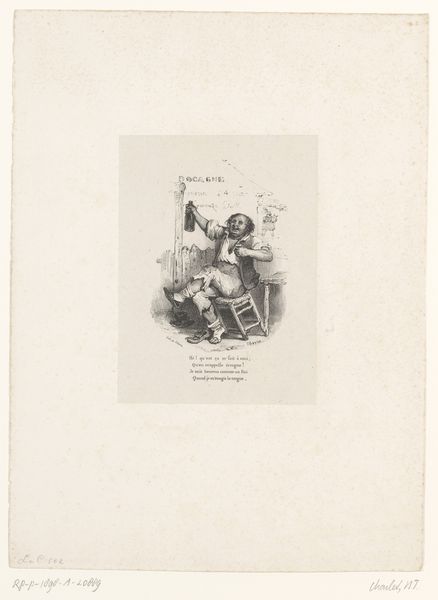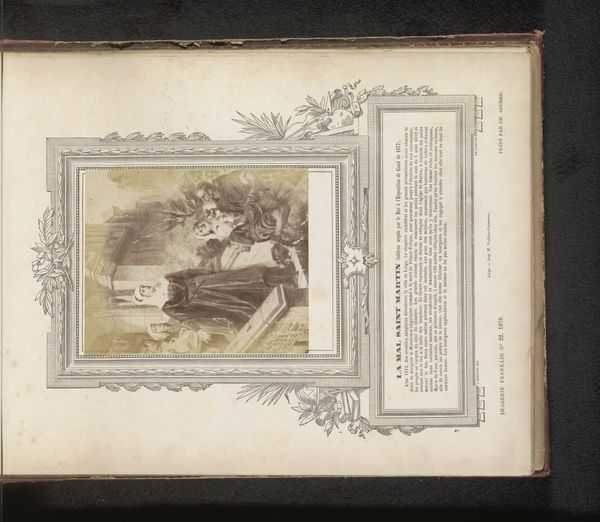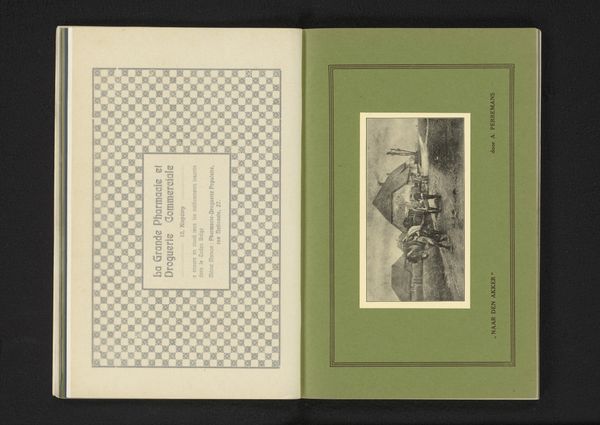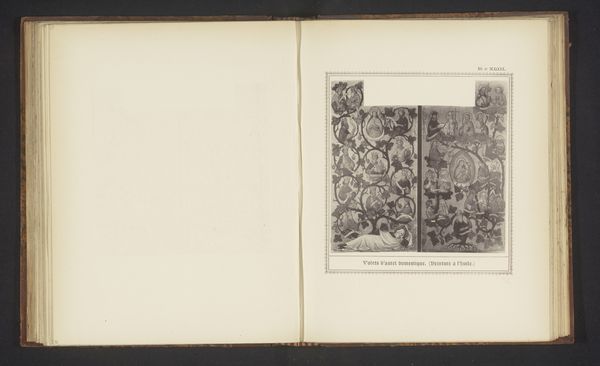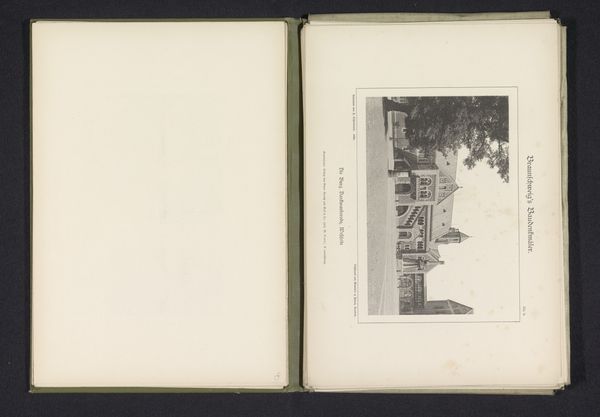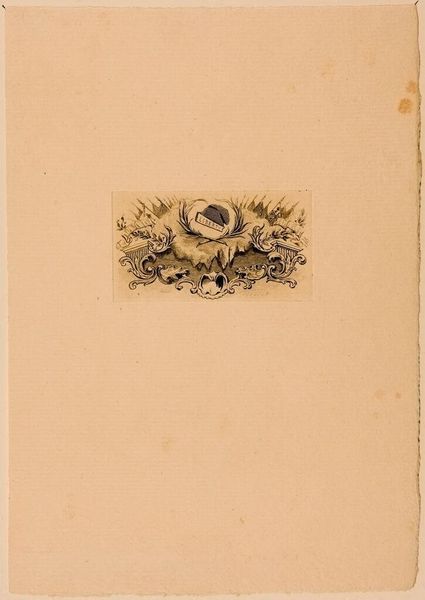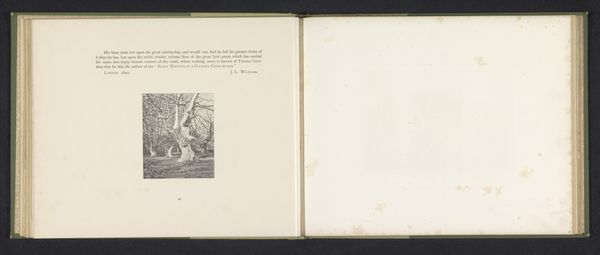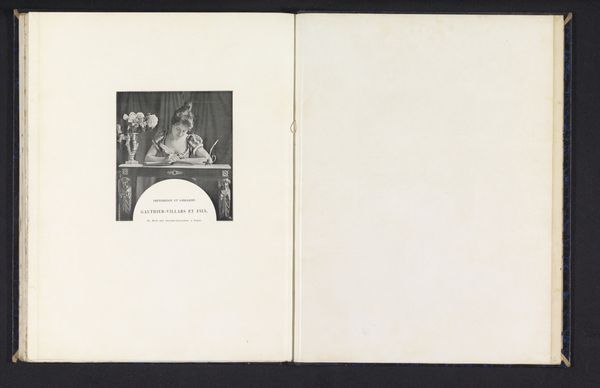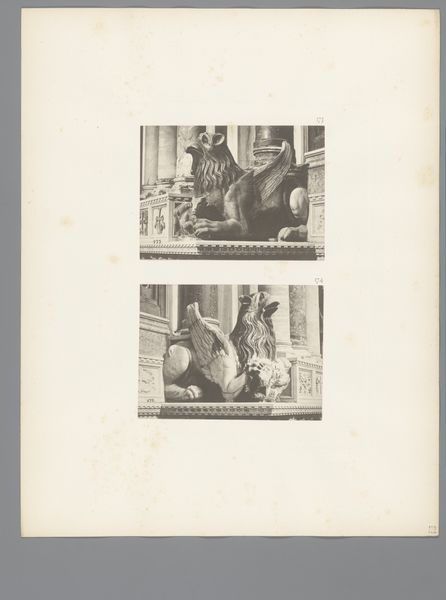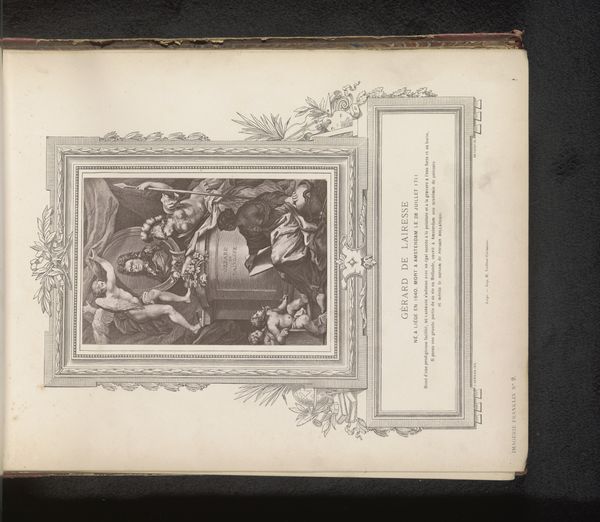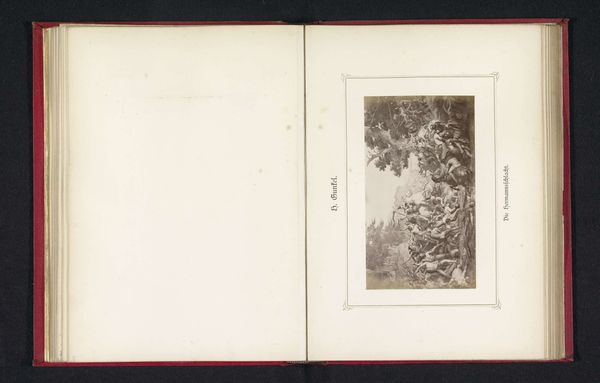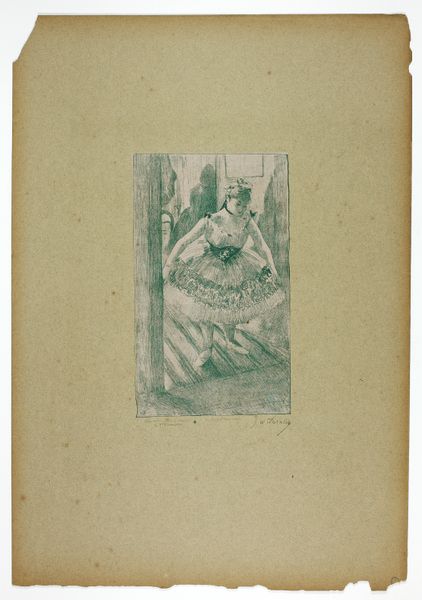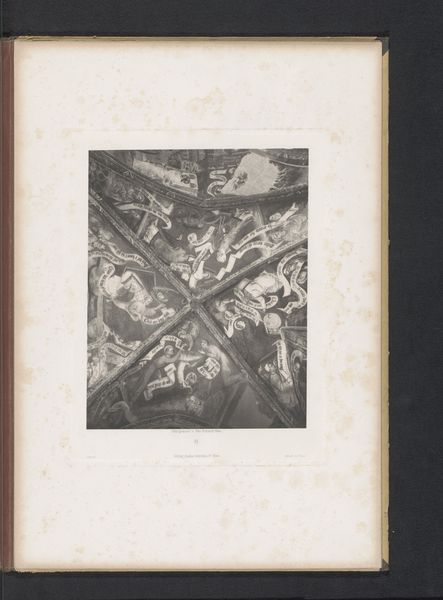
#
pencil drawn
#
aged paper
#
pencil sketch
#
old engraving style
#
sketch book
#
personal sketchbook
#
pen-ink sketch
#
pen and pencil
#
sketchbook drawing
#
pencil art
Dimensions: height 150 mm, width 100 mm
Copyright: Rijks Museum: Open Domain
Curator: Immediately, the collage strikes me as a visual embodiment of memory itself: fragmented, layered, and adorned with sentiment. Editor: This piece, known as "Reproductie van een fotocollage met verschillende portretten," meaning "Reproduction of a photo collage with various portraits," comes to us from before 1899 and is credited to Carl Anton Schulz. It presents a collection of portrait photographs arranged in a decorative fashion. Curator: The portraits feel deliberately posed. I'm drawn to the individual on the bicycle. The floral decorations framing the portraits almost give the composition an altar-like feeling—like a family memorializing their lineage. Editor: The method of reproduction itself speaks volumes. "Autotypie," as described in the inscription, was a printing process that allowed photographs to be reproduced in books and newspapers, democratizing portraiture. Curator: Precisely. It transformed images into artifacts, into tokens accessible beyond the confines of the elite. The overlaying florals seem to echo that sentiment. Perhaps each flower has its symbolic meaning in this context. Editor: It is interesting to consider where this object might have circulated. Was this simply a personal experiment by a photographer? Or was there a larger public engaged? Schulz seems to have been active in Libau, which had a diverse, multicultural social environment around the turn of the century. Curator: Absolutely, the international style in both fashion and the industrial advancements are apparent. These individuals want to represent themselves within the broader context of European advancement and global connectedness. It almost acts like a mirror of self-image reflecting on individual sitters. Editor: These were turbulent times, even for those living within wealthy nations. Curator: Reflecting on this artwork, the very act of collaging these portraits together is about weaving them together into a single story, creating new meaning from old images. Editor: A potent reminder of the narratives we construct—and reconstruct—through the surviving fragments of the past.
Comments
No comments
Be the first to comment and join the conversation on the ultimate creative platform.
